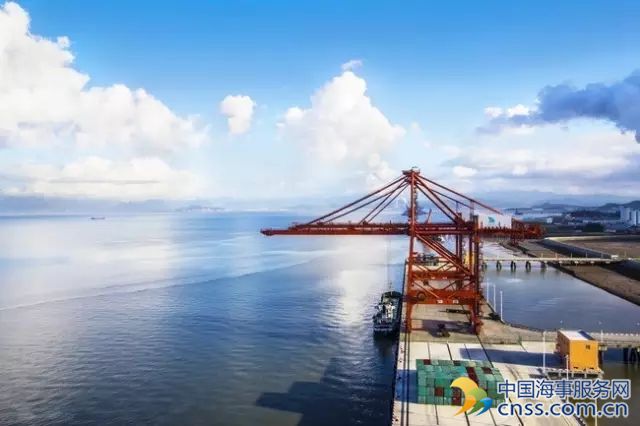Liners stick to slow steaming on surplus capacity despite Hanjin collapse

The collapse of South Korea’s Hanjin Shipping has boosted customer inquiries for other container lines, but they are still slow steaming amid a supply overhang, participants at the Global Liner Shipping Asia Conference told S&P Global Platts this week.
Merchant ships adopt slow steaming or economical sail speeds to save on bunker fuel costs — which account for around 70% of total voyage costs — when freight returns are low.
A number of global container lines adopted cost saving measures such as slow steaming a few years ago when bunker prices rose above $600/mt.
“Despite low marine fuel prices, I believe slow steaming will continue,” Costamare Shipping’s Managing Director for Singapore, Niklas Holck, said Friday, adding Costamare vessels typically sail below 20 knots and will likely continue to do so.
Although an uptick in demand has emerged in September due to seasonality, a slight rebalancing of tonnage supply from the Hanjin fallout and a demolition spree, operators were sticking with slow steaming.
“In recent weeks we have seen customer demand rise [and] our vessel utilization rate is also higher [but] we will continue slow steaming as increasing the speed would mean a major change to berthing schedules and could affect our operations,” an executive at a global container line said Thursday.
Charter rates are currently so low that deploying an additional vessel can also prove cheaper than increasing sail speeds, sources said.
Maersk Line last week announced it was adding a new service between Asia and the US West Coast “in response to the changing market situation” to complement its existing product portfolio, with first sailing scheduled for September 15.
The systemic risk flowing from the Hanjin collapse was low, Alphaliner executive consultant Tan Hua Joo said Thursday.
While the company was the world’s seventh largest container shipper by fleet, just two weeks of inventory on 7% of the trans-Pacific market had been removed by Hanjin’s collapse, he said in a presentation at the event.
“Hanjin is not a Lehman [sort] of event,” he said, adding it was unlikely to prompt container liners to alter their strategy. Slow steaming was also no longer limited to financial considerations as operational aspects supported it too, he said.
IDLED CAPACITY GREATER THAN HANJIN LOSS
The global container industry is grappling with a massive supply overhang and Hanjin’s approximately 3% of global capacity was easily offset by current idled capacity of around 5.3%, he said.
Within three weeks of Hanjin’s collapse, 65% of Hanjin’s trans-Pacific slots has been replaced and full adjustment was expected within two months, he said.
In addition, newbuilds entering the market over the next four months will have a similar capacity to that removed by Hanji’s collapse, he added.
The Hanjin collapse occurred during a seasonal high demand period ahead of Christmas and New Year, but conference participants said global demand remained weak.
The IMF in July trimmed its global growth forecasts for 2016 and 2017 by 0.1 percentage point from its April forecasts to 3.1% and 3.4% respectively.
Conference participants’ forecasts this week ranged between 3-3.7% and 1-2%.
Source: Platts
HEADLINES
- Do shipping markets want Biden or Trump for the win?
- All 18 crew safe after fire on Japanese-owned tanker off Singapore
- Singapore launching $44m co-investment initiative for maritime tech start-ups
- Cosco debuts Global Shipping Industry Chain Cooperation Initiative
- US warns of more shipping sanctions
- China continues seaport consolidation as Dalian offer goes unconditional